Kingdom Animalia Family Cerebratulidae Scientific name Parborlasia corrugatus Rank Species | Class Anopla Genus Parborlasia Phylum Nemertea Order Heteronemertea | |
Similar Odontaster validus, Lineidae, Heteronemertea, Sterechinus neumayeri, Odontaster | ||
Parborlasia corrugatus is a proboscis worm in the family Cerebratulidae. This species of proboscis or ribbon worm can grow to 2 metres (6 ft 7 in) in length, and lives in marine environments down to 3,590 metres (11,780 ft). This scavenger and predator is widely distributed in southern oceans.
Contents
Description
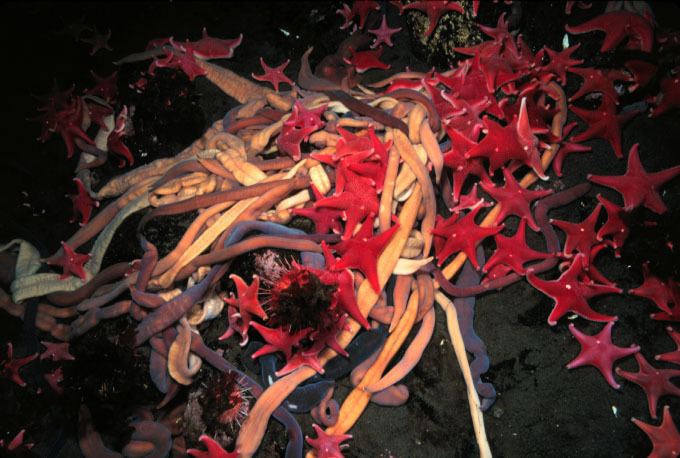
Parborlasia corrugatus is smooth and flat. Adults measure 1–2 metres (3 ft 3 in–6 ft 7 in), with a diameter of approximately 2 cm (0.79 in). Specimens can weigh up to 140 grams (4.9 oz). Their colouration is variable, ranging from cream through various tones of black. This worm has a wedge-shaped head containing a cavity filled with fluid. It uses this to fire an adhesive, barbed proboscis as a means of defense, and to capture prey. This organ has adhesive secretion to aid in securing its meal.
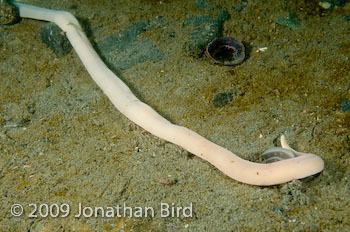
Although this creature does not have a dedicated respiratory system, Parborlasia corrugatus is able to obtain oxygen by absorbing it through its skin. An animal of its size would typically find it difficult to receive enough oxygen this way, but this worm has a low metabolic rate, and also enjoys the advantage of its environment, which is cold, oxygen-rich Antarctic waters. When Parborlasia corrugatus experiences lower levels of oxygen in the water, it flattens and elongates its body to aid in the uptake of oxygen by increasing its skin area. This manoevre also reduces the distance that the oxygen must travel to diffuse into its body.
Potential predators avoid this species as it has a chemical defense: acidic mucus with a pH 3.5.
Distribution
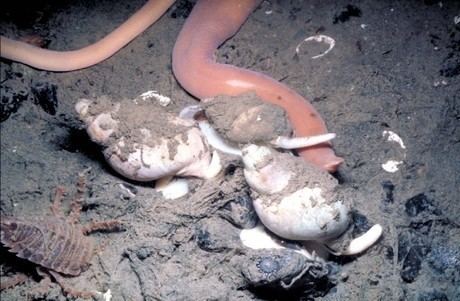
This species is found from the intertidal zone to depths of up to 3,590 metres (11,780 ft). It is found throughout the following areas:
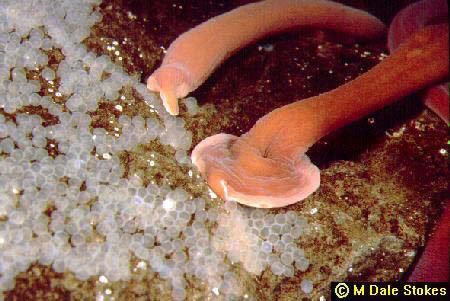
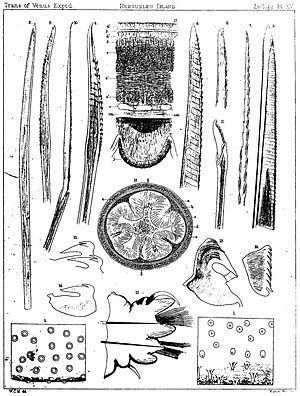
Densities range greatly from 0.3 m−2 recorded in McMurdo Sound, to the substantially higher densitiy of 26.2 m−2 around Signy Island.
Reproduction
This dioecious species broadcast spawns. The resulting pilidium larvae survive in the water column for up to 150 days.
Diet
Parborlasia corrugatus is both a scavenger and a predator, and feeds upon detritus diatoms, gastropods, amphipods, isopods, various vertebrate carrion sponges (including Homaxinella balfourensis), jellyfish, seastars, molluscs, anemones, and polychaete worms.
